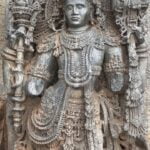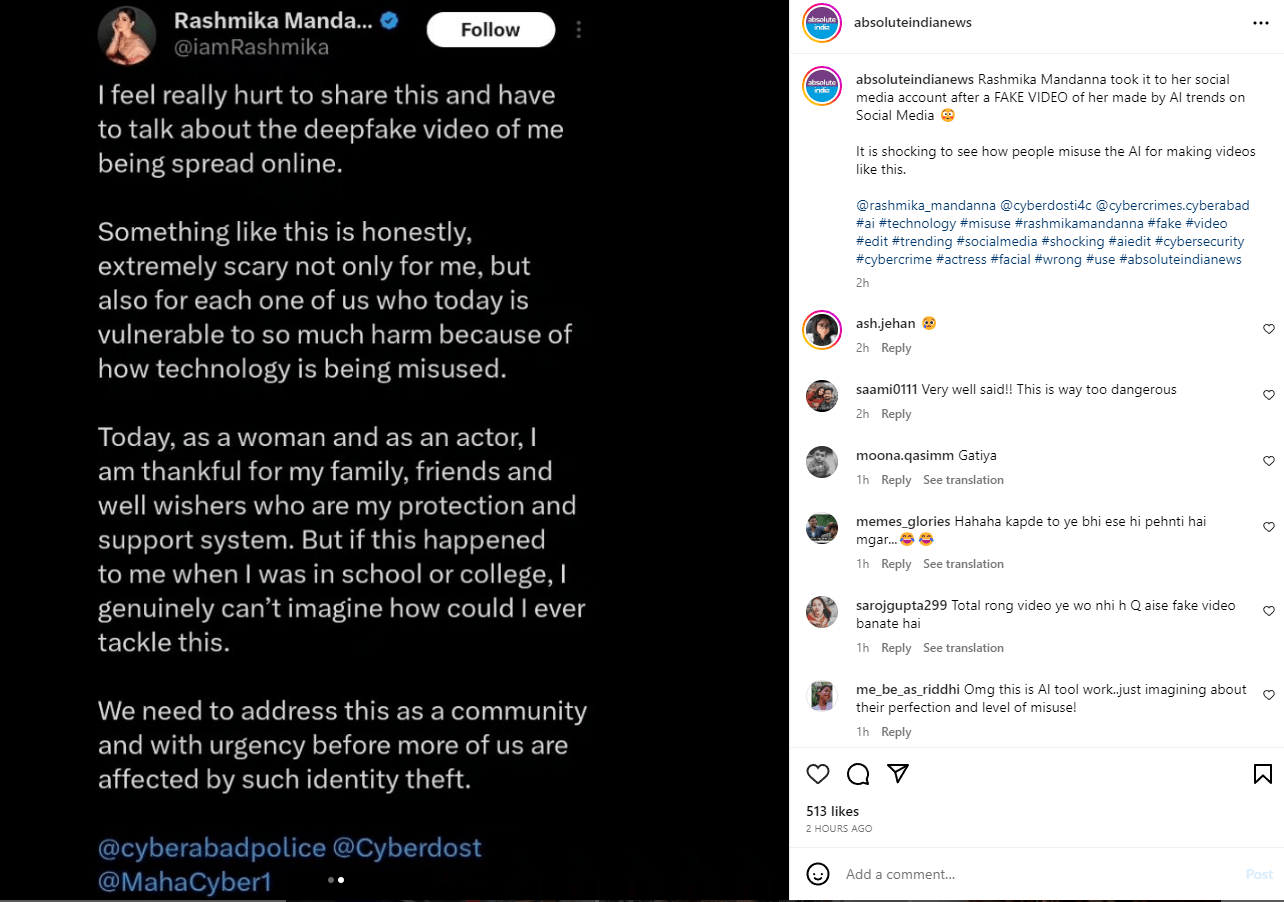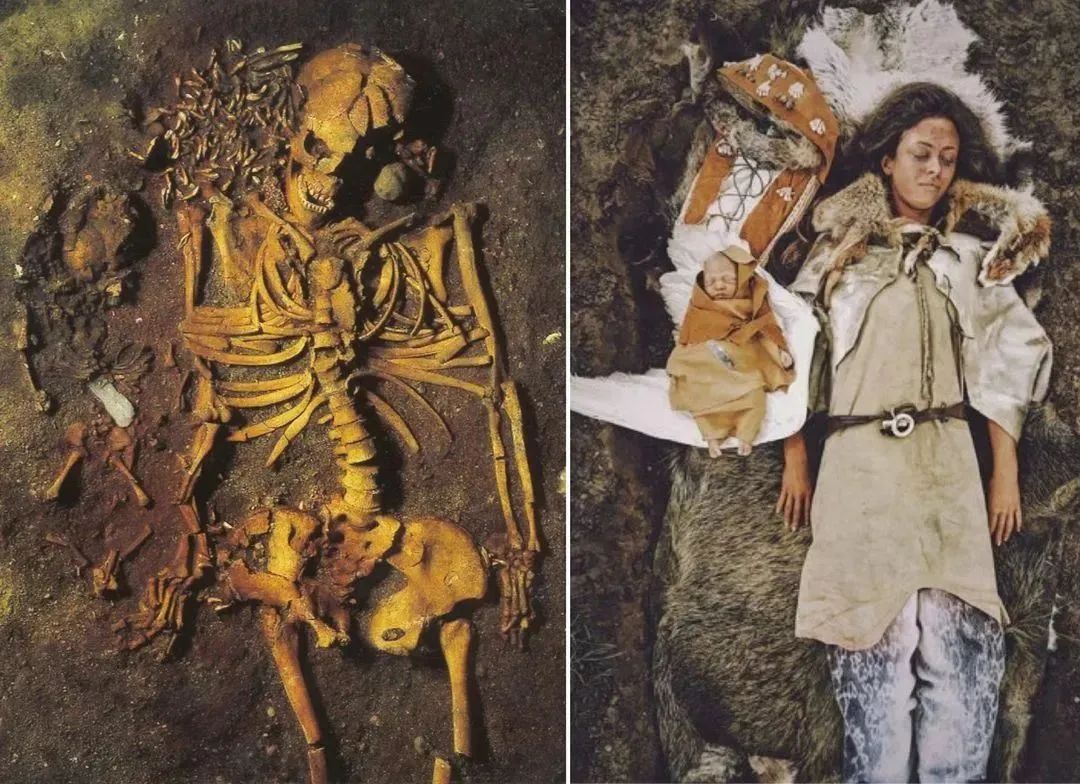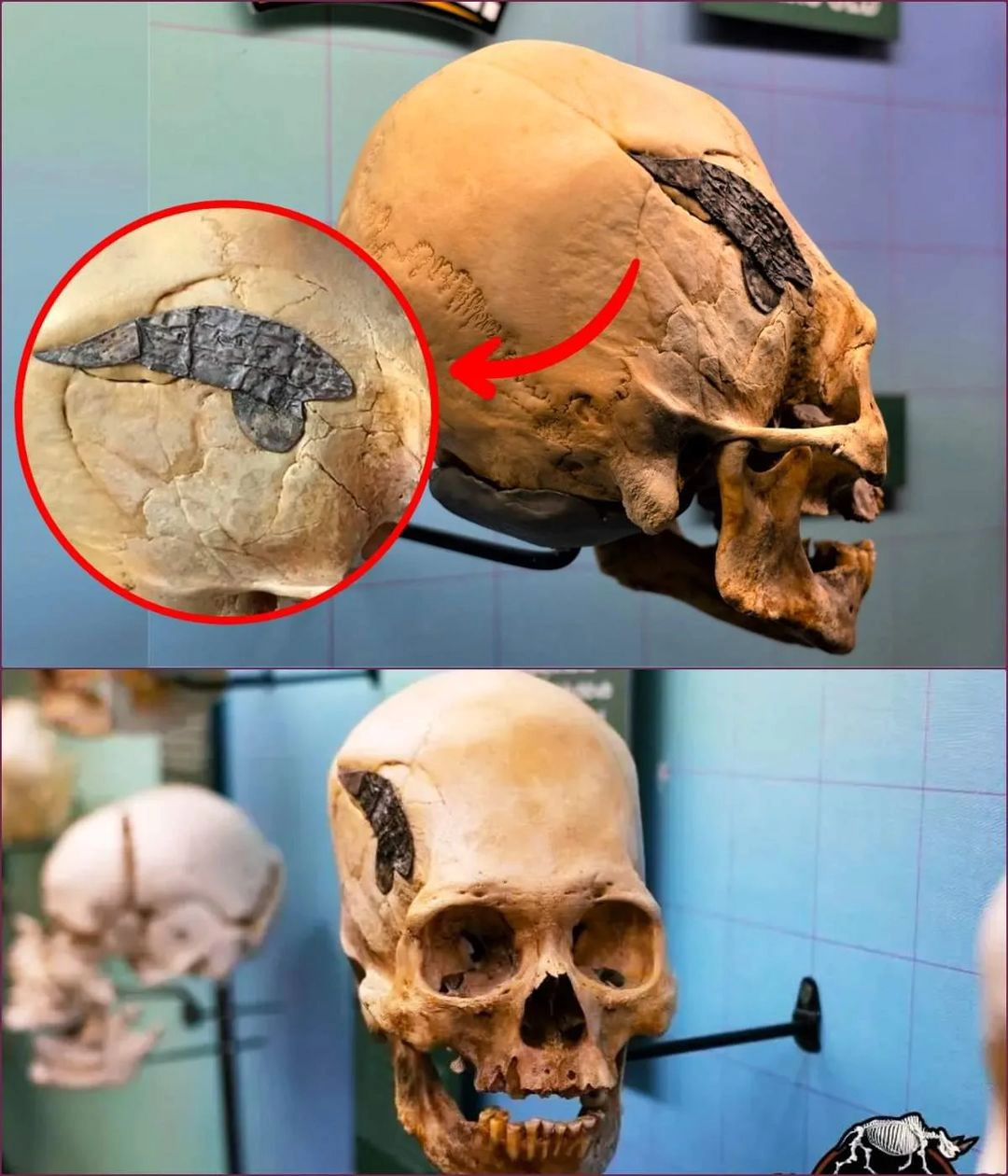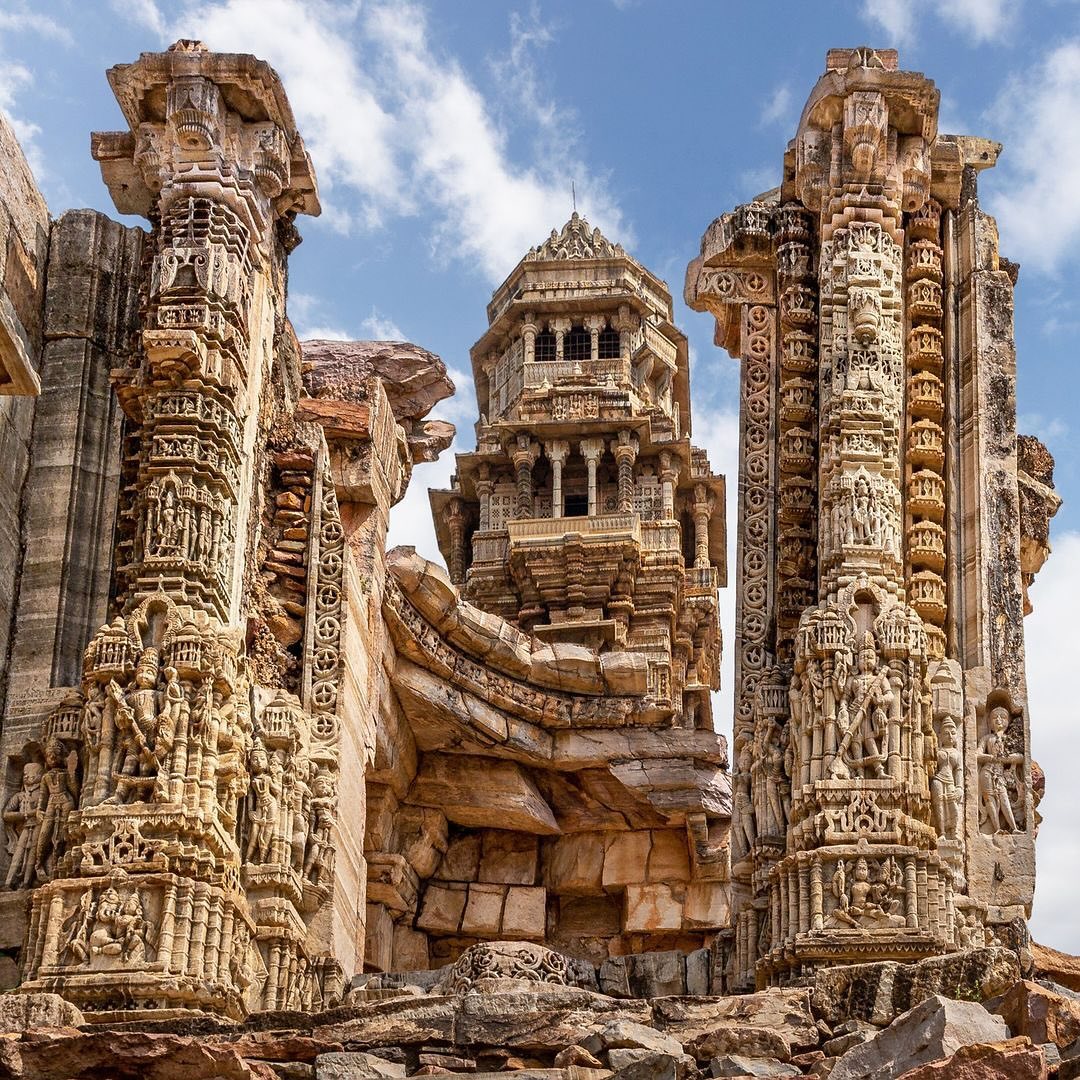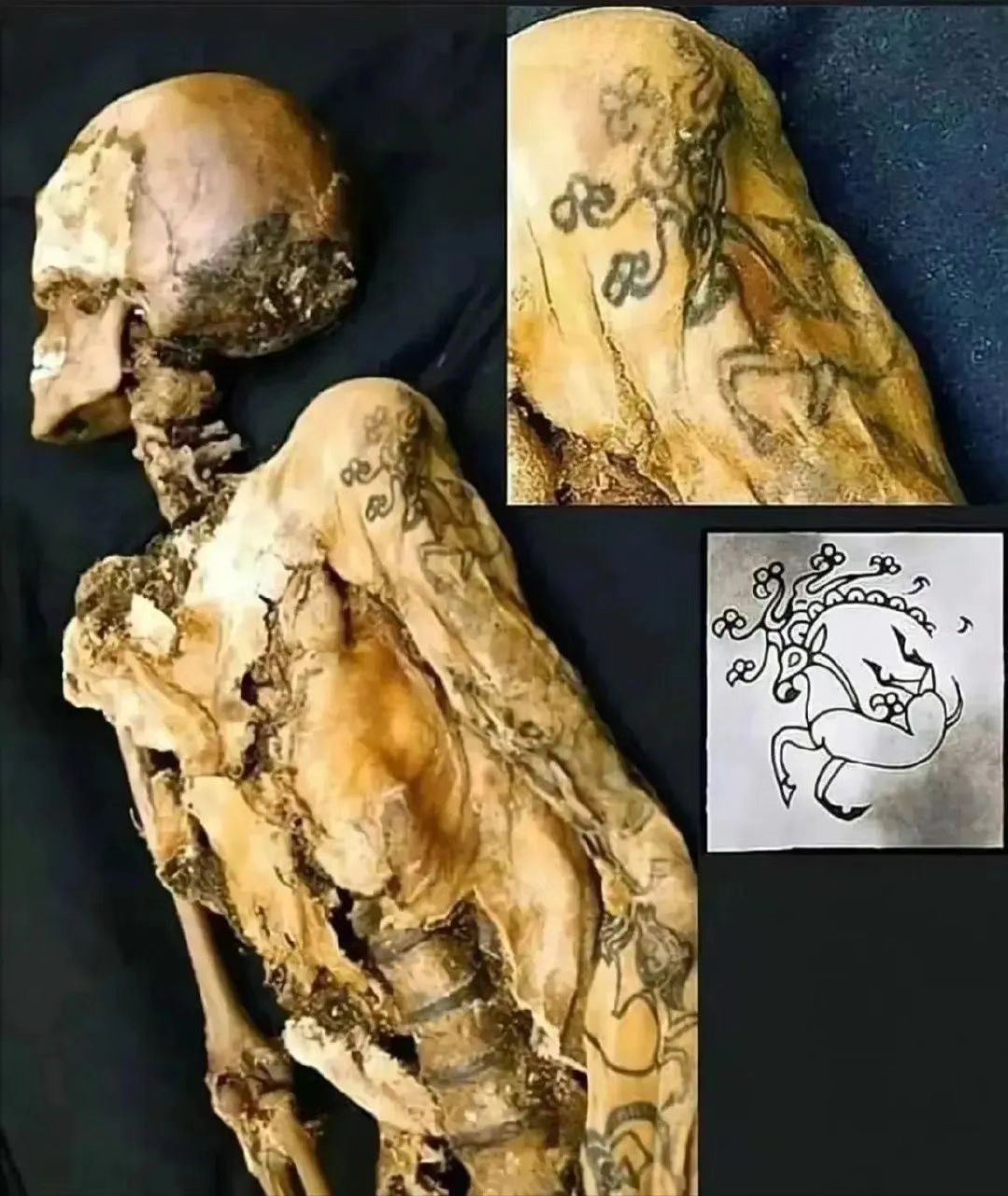The video of what appeared to be the ‘Pushpa’ actress, Rashmika Mandana, entering an elevator in a form-fitting black dress with a plunging neckline sparked outrage after circulating on the Internet. However, it’s important to note that the video was debunked by Abhishek Kumar, a journalist and fact checker at AltNews.

Deepfake technology is used to create manipulated videos or images that often appear real but are, in fact, digitally altered or fabricated. In this case, it seems that the video in question was a deepfake, meaning it was not a genuine representation of Rashmika Mandana.
The use of deepfake technology for malicious or misleading purposes can be a concerning issue. It’s crucial for individuals to be aware of the potential for manipulated content and to rely on trusted sources and fact-checkers like Abhishek Kumar to verify the authenticity of such videos before drawing conclusions or sparking outrage.
Taking to X, the journalist revealed that the video was a deepfake, and the girl in the video was not Mandanna, but a British-Indian influencer named Zara Patel. He also urged the government to take stringent measures against people who misuse AI to cause harm.
“There is an urgent need for a legal and regulatory framework to deal with deepfake in India.

Rashmika Mandanna reacts to her viral deepfake video
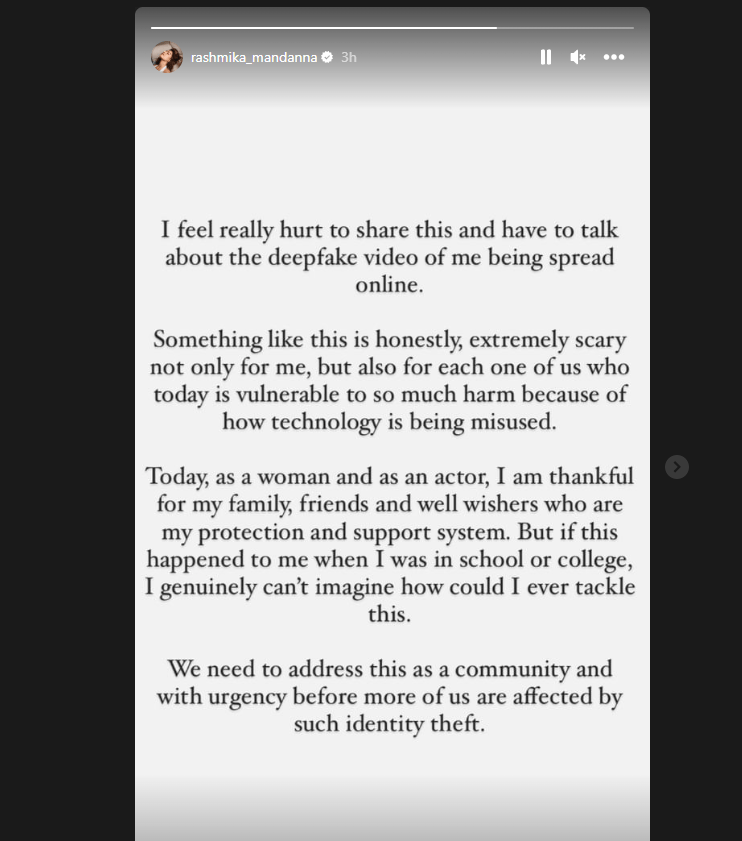
Now,lets talk about what exactly is Deepfake video and how dangerous it is


A deepfake video is a type of digital forgery that uses artificial intelligence (AI) and machine learning techniques to create manipulated videos that appear to be genuine but are, in fact, fabricated or altered. Deepfake technology can seamlessly replace the appearance and voice of one person with another, making it seem as though someone is saying or doing something they never actually did. This technology is often used to create convincing but entirely fake content.
The danger of deepfake videos lies in their potential for misuse. Here are some reasons why they are considered dangerous:
- Misinformation: Deepfake videos can be used to spread false information, creating confusion and doubt in the minds of the public. They can be employed to make public figures or individuals appear to say or do things they never did, which can damage reputations and spread false narratives.
- Privacy invasion: Deepfake technology can be used to manipulate personal videos or images, infringing on an individual’s privacy. For instance, someone’s face can be superimposed onto explicit or compromising content without their consent.
- Political manipulation: Deepfake videos can be used to create fabricated speeches or appearances by political figures, leading to political manipulation and influence campaigns.
- Fraud and scams: Criminals can use deepfake videos for financial fraud by impersonating someone in a video call, manipulating audio to make it sound like a trusted individual, or generating fake evidence in legal or financial matters.
- Reputation damage: Celebrities, public figures, and everyday people can fall victim to deepfake videos that make them appear to say or do things that tarnish their reputation or credibility.
- Erosion of trust: The widespread use of deepfake technology can lead to a general erosion of trust in the authenticity of digital content. People may become more skeptical of video evidence and, as a result, question the veracity of real events.
To address the dangers of deepfake videos, it’s important to promote awareness of their existence, develop tools for detecting and authenticating digital content, and have regulations in place to curb their malicious use. Additionally, critical thinking and media literacy skills are crucial for individuals to discern between authentic and manipulated content in the digital age.




